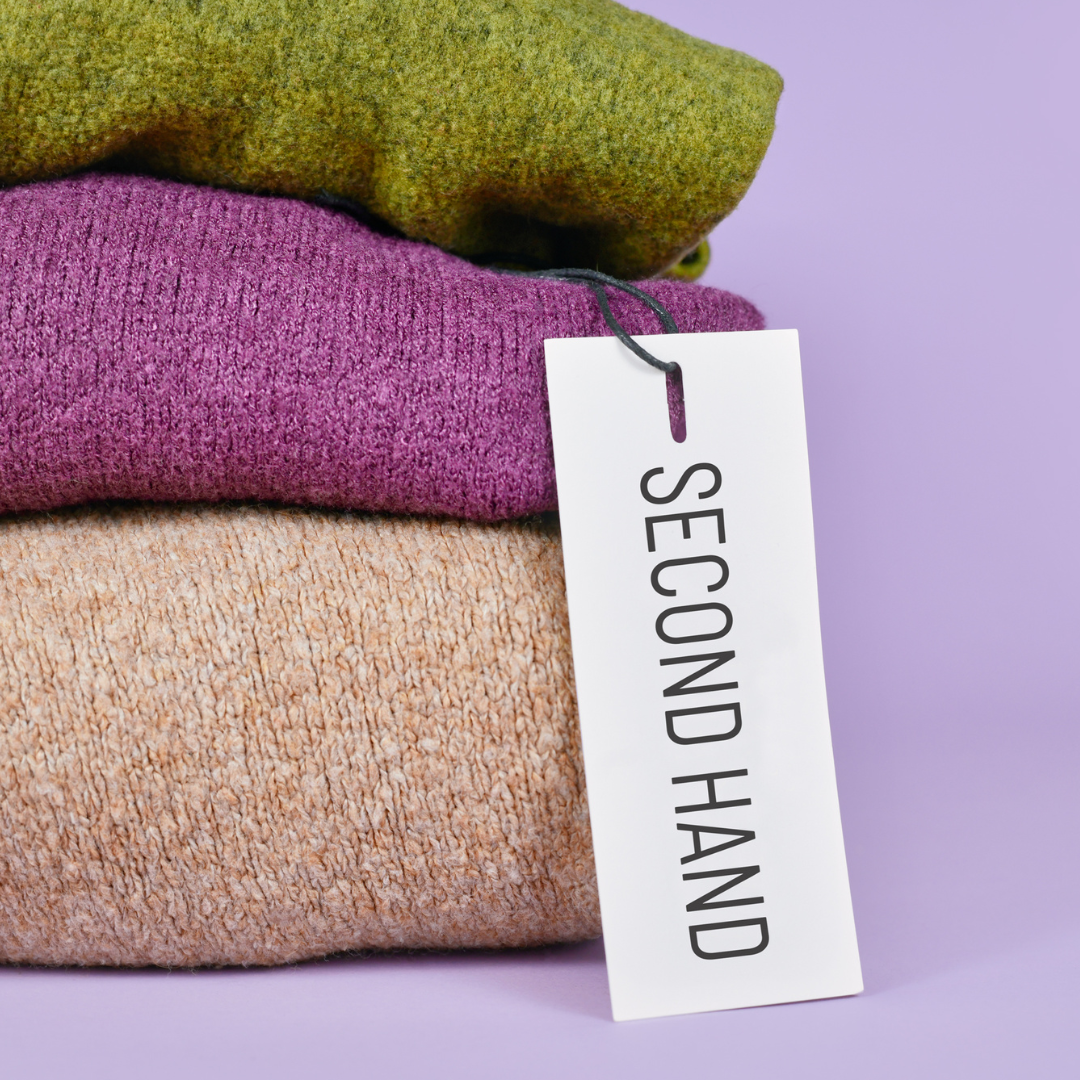Digitalization of Physical Products on the Blockchain an Overview
Digitalization and blockchain technology have transformed how we interact with physical products and data. As leaders in various regions around the world navigate how to transition to a circular economy system, one area of innovation is tokenization and the digitalization of physical products on the blockchain, which has the potential to enhance resale, reusability, and secondary market value. As Member of the European Parliament Alessandra Moretti stated at a voting session in Strasbourg recently, “The time has come to free ourselves from the outdated take-produce-destroy model, which is creating many problems for our planet, our health, and our economy,
Understanding Digitalization of Physical Products
Digitalization involves converting physical items or data into a digital format which can exist digitally alongside the physical counterpart throughout its lifecycle. Often referred to as a digital twin or a digital product passport, this digital representation of the physical product can be updated with information as the physical item in the real world moves through its different phases through its life. When it comes to physical products, this process can involve tagging products with QR codes, RFID chips, NFC tags, digital links or other identifiers that connect them to a digital record. This record can contain information such as ownership history, provenance, and other relevant data. We often refer to this process as tokenization of physical products.
The Intersection of Digitalization of Products and Blockchain
Combining digitalization with blockchain technology creates a powerful system for managing and verifying both data related to physical products themselves as well as ownership, custody and transactions involving the product. Blockchain’s transparency and security allow digital records of products to be tracked and authenticated, offering a reliable source of information for both consumers and sellers. Moreover, the immutability of records and transactions added to the blockchain make it especially relevant for creating trust, transparency and traceability of products among consumers, partners within the supply chain, regulators and governing institutions and other stakeholders involved. This inherent ability of blockchain technology ensures the authenticity and integrity of the data, making it an ideal platform for digitalizing physical products.
Enhancing Reusability Through Digitalization
Tokenization of physical products or digitalization can facilitate reusability by making it easier to track the lifecycle of a product. This includes monitoring how a product has been used, who has owned it and its maintenance history. For example, in industries like automotive or electronics, knowing a product’s history can aid in determining its reusability and potential longevity. It can offer insights into when a product was last serviced. Think of an air-conditioning unit, a water filtration system or rechargeable car batteries. This transparency can encourage consumers to make more sustainable choices.
How Digitalization of Physical Products on the Blockchain Improves Resale Value
Digitalization of physical products on the blockchain can significantly enhance their resale value. By providing a verified record of ownership and history, potential buyers can trust the product’s authenticity and condition.It offers a level of traceability that generates trust. This trust can lead to higher resale prices and quicker sales. Additionally, blockchain allows for the automation of transfer of ownership, further simplifying the resale process. When combined with Qliktags technology for linking physical products with digital ownership through unclonable NFC chips embedded within the product, the ability to transfer ownership digitally and also verify physical custody and authenticate transfers of the physical item to the new owner, resale and trading on the secondary market is made efficient.
Impact on the Secondary Market
The secondary market for physical products can greatly benefit from blockchain-based digitalization. Trust in the authenticity and condition of products can boost sales and attract more consumers. Additionally, digital records provide clarity and consistency, reducing disputes over product ownership or provenance. By pairing physical products with NFT ownership tokens on the blockchain, brands and creators of the original item can develop & implement custom smart contacts that allow them to collect royalties or commissions not just on the first sale, but on subsequent future sales on the secondary market. This opens up a whole new area of opportunity and revenue streams for products that are often traded for a higher value in the secondary market than when they were first purchased. Rare wines, collectibles, artwork, sports memorabilia, limited edition sneakers and similar product categories.This trust and efficiency can drive growth in the secondary market. Extending the longevity of products they value in secondary markets, their reusability is all essential to moving towards a more sustainable system.
In Conclusion
The future of tokenization on the blockchain is promising, with potential applications expanding across various industries. As technology advances, we can expect increased adoption and integration of blockchain-based solutions for managing physical products.
Digitalization of physical products on the blockchain has the power to transform how we buy, sell, and reuse goods. By providing transparency, trust, and efficiency, this technology can significantly improve resale, reusability, and secondary market value. These are key pieces to brands, manufacturers and independent creators looking to innovate and adopt these practices in seeking a more sustainable and efficient future.



